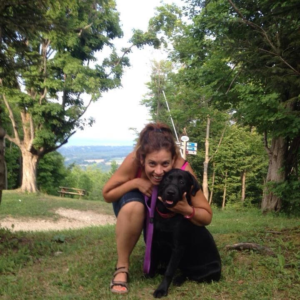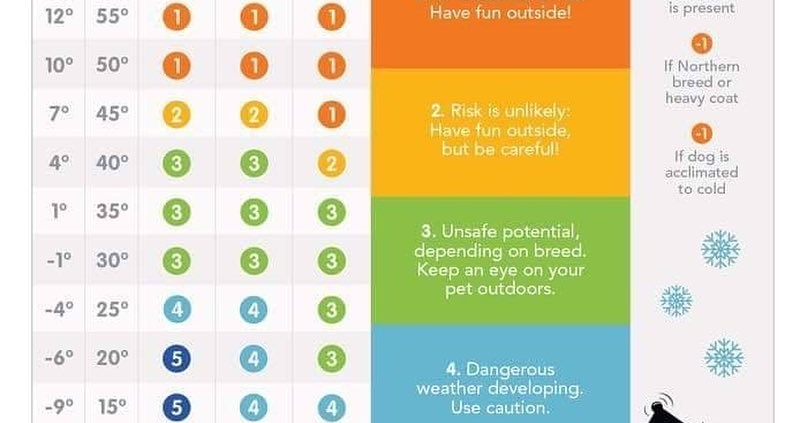National Volunteer Week
Marilyn’s Story
 When it is time for our dogs to leave their puppy raiser’s and come into NSD University, it is difficult for all. We are so grateful we can tell puppy raiser’s that the dog they raised is now with more volunteers who are dedicated to supporting each and every NSD University Dog through their last stage of training. These volunteers support our University dogs with daytime exercise, night time enrichment, and weekend homes to relax in. The final stages of our dogs training would not be possible without dedicated volunteers supporting our NSD University dogs.
When it is time for our dogs to leave their puppy raiser’s and come into NSD University, it is difficult for all. We are so grateful we can tell puppy raiser’s that the dog they raised is now with more volunteers who are dedicated to supporting each and every NSD University Dog through their last stage of training. These volunteers support our University dogs with daytime exercise, night time enrichment, and weekend homes to relax in. The final stages of our dogs training would not be possible without dedicated volunteers supporting our NSD University dogs.
Marilyn is a longtime volunteer supporting in many ways including our Evening Enrichment Program. Marilyn goes above and beyond with her continued longtime support and always being flexible when we need her. Here is her story:
“I started with NSD when my daughter needed community volunteer hours in high school. We started going once a week, in Sept 2011 and help out in the evening program. Once we were ready to weekend sit, we did it without hesitation. We absolutely loved having that special bond with an advanced dog in training. My daughter completed her hours and moved on, while I continued with NSD. Fast forward to today I’m now a key volunteer [in the Evening Enrichment Program] and have been with NSD for 9 years now and could not ask for a more fulfilling volunteer position.”





